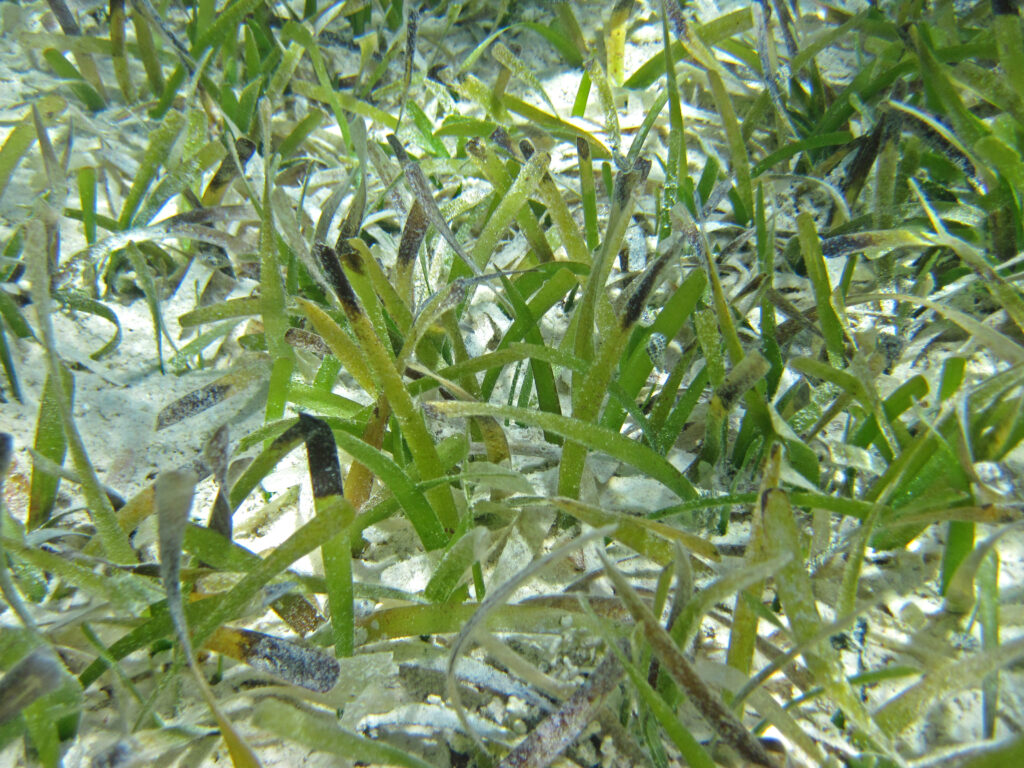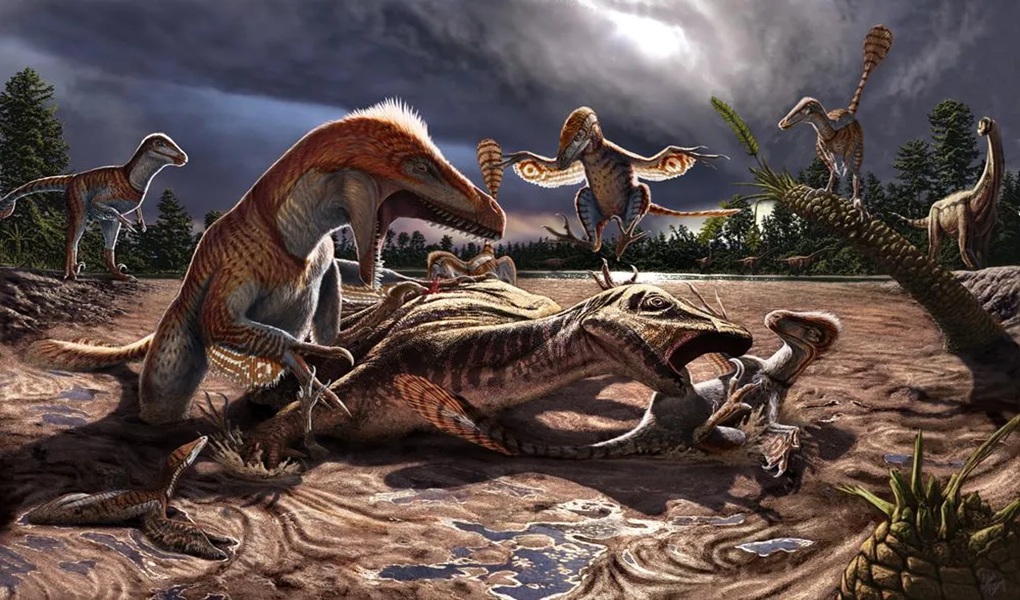When we see vivid illustrations of dinosaurs in books or realistic depictions in movies like Jurassic Park, it’s easy to assume scientists have always known exactly what these prehistoric creatures looked like. However, the process of reconstructing dinosaur appearances involves sophisticated scientific techniques, careful analysis, and sometimes educated guesses. Paleontologists piece together evidence from fossils, comparative anatomy, and cutting-edge technology to create increasingly accurate representations of creatures that disappeared 66 million years ago. Let’s explore the fascinating methods scientists use to determine dinosaur appearances, from their basic skeletal structures to details like skin color and behavioral characteristics.
Fossil Evidence: The Foundation of Dinosaur Reconstruction

The primary source for understanding dinosaur appearance comes from their fossilized remains, primarily bones and occasional soft tissue impressions. When paleontologists discover dinosaur fossils, they meticulously excavate, clean, and catalog each piece, reconstructing the skeleton much like assembling a three-dimensional puzzle. Complete skeletons are extremely rare, so scientists often need to fill gaps using bones from related specimens or by making educated inferences based on symmetry and comparative anatomy. The skeletal structure provides the fundamental framework for understanding a dinosaur’s size, proportions, posture, and general body shape. Even subtle features in fossil bones, such as muscle attachment points called muscle scars, offer valuable clues about muscle mass and distribution, helping scientists understand how dinosaurs moved and what they might have looked like in life.
Comparative Anatomy: Learning from Modern Animals

Scientists rely heavily on comparative anatomy—studying similarities between dinosaur anatomy and that of living animals—to flesh out their reconstructions. Birds, as the direct descendants of theropod dinosaurs, provide especially valuable insights, while reptiles like crocodilians (the closest living relatives to dinosaurs and birds together) offer additional reference points. By examining how muscles attach to bones in modern animals, paleontologists can make informed predictions about dinosaur musculature. This approach helps determine everything from the thickness of a dinosaur’s legs to the potential presence of features like wattles or dewlaps that wouldn’t fossilize. For example, the large neural spines on Spinosaurus might support a sail-like structure similar to what we see in modern basilisk lizards, while the robust jaw muscles of Tyrannosaurus can be estimated by comparing its skull features to those of living predators.
Skin Impressions and Body Coverings

Remarkably, some dinosaur fossils preserve impressions of skin, offering direct evidence of external appearances. These rare findings have shown us that many dinosaurs had pebbly, scaled skin similar to modern reptiles, with varying patterns and textures depending on the species and body region. Even more revolutionary was the discovery that many theropod dinosaurs, including velociraptors, possessed feathers—a finding confirmed by exceptional fossils from China’s Liaoning Province. Over the past few decades, evidence for feathered dinosaurs has expanded dramatically, forcing scientists to revise their illustrations from scaly reptilian creatures to more bird-like animals with complex feather coverings. These discoveries have fundamentally changed our understanding of dinosaur appearance and their evolutionary relationship to birds, demonstrating that feathers evolved long before flight and likely served functions like display, insulation, and brooding before being co-opted for aerial locomotion.
Trackways and Footprints: Clues to Movement and Behavior

Fossilized footprints and trackways provide valuable information about how dinosaurs moved, helping scientists reconstruct their posture and gait. By analyzing stride length, foot placement, and depth of impressions, paleontologists can determine whether a dinosaur walked upright or with a sprawling posture, how fast it could move, and even whether it traveled in groups. Trackways showing multiple individuals moving in the same direction, for instance, support theories about herding behavior in certain species. The pressure distribution in footprints also helps scientists understand how weight was distributed across a dinosaur’s body, informing reconstructions of muscle mass and overall body shape. Some remarkable trackways even show evidence of dinosaurs swimming, resting, or engaging in courtship behaviors, giving glimpses into how these animals moved and interacted in their daily lives—details that significantly influence artistic reconstructions of dinosaurs in their habitats.
Modern Imaging Technologies

Advanced technologies have revolutionized dinosaur reconstruction in recent decades. CT scanning allows paleontologists to peer inside fossils without damaging them, revealing internal structures like brain cases, sinus cavities, and growth rings. These scans help scientists understand sensory capabilities, such as vision and smell, while also providing insights into growth patterns and life histories. Digital modeling software enables researchers to test theories about dinosaur biomechanics and movement capabilities through techniques like finite element analysis and musculoskeletal modeling. These computational approaches help determine whether proposed reconstructions would have been physically functional, for instance, whether a particular posture would have placed too much strain on joints or whether estimated muscle masses could have supported proposed movements. By validating reconstructions against physical laws and biomechanical principles, these technologies help ensure that dinosaur depictions are not just artistic interpretations but scientifically plausible representations.
Determining Color and Patterns

Until recently, dinosaur coloration was considered impossible to determine, leaving it entirely to artistic license. However, groundbreaking research in the past decade has changed this assumption through the identification of melanosomes—microscopic structures containing pigment—preserved in some exceptionally well-preserved fossils. By comparing the shape, size, and distribution of these melanosomes to those in modern birds and reptiles, scientists can now reconstruct the coloration of some dinosaurs with reasonable confidence. This research has revealed that Microraptor likely had iridescent black feathers similar to modern crows, while Sinosauropteryx had a reddish-brown and white striped tail. Beyond melanosomes, structural colors caused by the physical properties of feathers (like the blue in modern blue jays) might also have been present in dinosaurs. These discoveries suggest that dinosaurs may have been much more colorful and visually striking than traditionally depicted, with complex patterns possibly used for camouflage, species recognition, and sexual selection.
Growth and Aging Studies
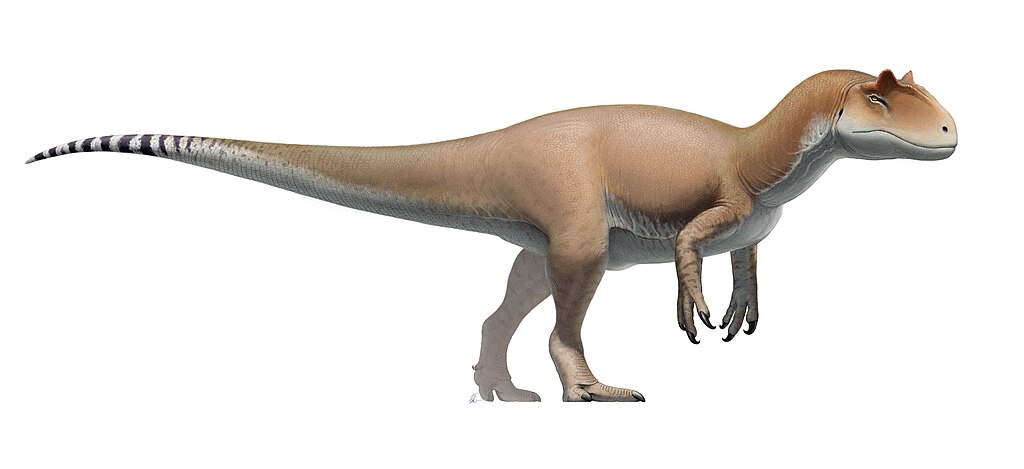
Understanding how dinosaurs changed throughout their lives significantly impacts reconstructions of their appearance. By studying growth rings in fossil bones (similar to tree rings), scientists can determine the age of individual specimens and chart growth patterns across a species. This research has revealed that many dinosaurs underwent dramatic changes as they matured—juvenile Tyrannosaurus rex, for instance, were more slender and agile than the massive adults, with proportionally longer legs and less robust skulls. Similarly, many ceratopsians like Triceratops developed their distinctive frills and horns progressively as they aged. Some dinosaurs also likely changed color or developed more elaborate display features upon reaching sexual maturity, similar to modern birds. These ontogenetic changes explain why fossils of the same species sometimes look dramatically different, and they emphasize the importance of specifying whether a reconstruction depicts a juvenile, sub-adult, or mature specimen.
The Role of Soft Tissues in Appearance

Perhaps the greatest challenge in reconstructing dinosaur appearances lies in determining soft tissues that rarely fossilize. Features like lips, cheeks, external ears, and fleshy protuberances must be inferred through comparative anatomy and evolutionary relationships. The debate around dinosaur lips illustrates this challenge—did theropods have lizard-like lips covering their teeth, crocodile-like exposed teeth, or something in between? Scientists examine tooth wear patterns, jaw structure, and related living animals to make educated determinations. Similarly, the extent of cartilaginous structures like nasal crests in hadrosaurs requires careful analysis of skull anatomy and comparisons with birds and reptiles. Recent research suggests that dinosaurs may have had more facial muscles and expressive features than traditionally depicted, particularly in advanced theropods closely related to birds. These soft tissue reconstructions significantly impact our perception of dinosaurs, transforming them from static reptilian creatures to dynamic animals with distinctive expressions and appearances.
Sexual Dimorphism and Display Features
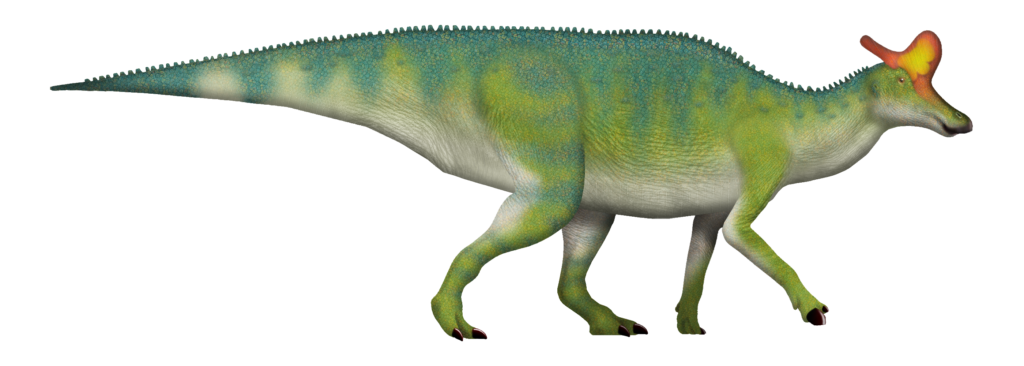
Many modern animals show marked differences between males and females, particularly in species where males compete for mates or display to attract females. Evidence suggests similar patterns existed in dinosaurs, though identifying sexual dimorphism in fossils presents significant challenges. Some proposed examples include the elaborate crests of lambeosaurine hadrosaurs or the frills and horns of ceratopsians, which may have been more developed in one sex and used as visual displays during courtship. The presence of medullary bone—a calcium-rich tissue formed in female birds during egg-laying—in some Tyrannosaurus rex specimens has helped identify females, providing a starting point for understanding sex-based differences. When creating comprehensive reconstructions, paleontologists must consider that certain features may have been exaggerated for display purposes rather than serving strictly functional roles, similar to a peacock’s tail or a frigate bird’s inflatable throat pouch. These display structures could dramatically affect our perception of what certain dinosaurs looked like, particularly during breeding seasons.
Environmental Adaptations

A dinosaur’s appearance was undoubtedly influenced by its habitat and ecological niche. By analyzing the geological context of fossil discoveries and associated plant and animal remains, paleontologists can reconstruct ancient environments and infer adaptations that would have affected appearance. Dinosaurs from arid regions might have had features to regulate heat, like the extensive sail of Spinosaurus, potentially serving as a heat exchanger. Those from colder climates, like the polar-dwelling Cryolophosaurus, likely had insulating coverings and possibly seasonal variations in their appearance. Aquatic adaptations in species like Spinosaurus, with its paddle-like tail and dense bones, would have resulted in a more streamlined appearance than terrestrial relatives. Diet-related adaptations also influenced appearance—the long necks of sauropods allowed them to reach high vegetation, while the robust jaws and teeth of ankylosaurs were specialized for processing tough plant material. By understanding these ecological contexts, scientists can create more accurate reconstructions that show dinosaurs as well-adapted to their specific environments rather than generic reptilian creatures.
Artistic Interpretation and Scientific Constraints

Despite all the scientific evidence, reconstructing extinct animals inevitably involves some degree of artistic interpretation. Paleoartists work closely with scientists to create illustrations that are both scientifically accurate and visually compelling, operating within established constraints while filling gaps with informed creativity. The best dinosaur reconstructions represent collaborations where artists understand anatomical principles and evolutionary relationships, while scientists appreciate the need for visual communication. This relationship has evolved—early Victorian illustrations depicted dinosaurs as lumbering reptiles, while modern reconstructions show dynamic, often bird-like creatures based on current evidence. When viewing dinosaur illustrations, it’s important to recognize that certain details, like exact skin textures or subtle coloration patterns, may represent artistic choices within scientific parameters. However, responsible paleoart clearly distinguishes between facts, reasonable inferences, and speculative elements, maintaining scientific integrity while bringing extinct creatures to life for public understanding.
The Evolution of Dinosaur Depictions

Our understanding of dinosaur appearances has undergone dramatic transformations since the first scientific reconstructions in the 19th century. Early depictions by Victorian paleontologists portrayed dinosaurs as slow, reptilian creatures with sprawling limbs, reflecting the limited fossil evidence and comparative anatomy understanding of the time. The “Dinosaur Renaissance” of the 1960s and 1970s, pioneered by paleontologists like John Ostrom and Robert Bakker, revolutionized these views by presenting evidence for active, warm-blooded dinosaurs with upright postures. The discovery of feathered dinosaurs in the 1990s triggered another major shift, establishing the evolutionary connection between dinosaurs and birds while fundamentally changing their depicted appearance. Each new scientific advancement—from improved biomechanical modeling to melanosome analysis—has refined our reconstructions, making them increasingly accurate. This evolution of dinosaur depictions demonstrates science’s self-correcting nature, with new evidence constantly refining our understanding and visual representations of these fascinating prehistoric creatures.
Controversies and Ongoing Debates

Despite significant advances, several aspects of dinosaur appearance remain hotly debated within the scientific community. The extent of feather coverage in various dinosaur groups represents one major controversy—while evidence clearly shows many theropods had feathers, whether larger dinosaurs like Tyrannosaurus were fully feathered, partially feathered, or predominantly scaled remains uncertain. Similarly, the appearance of sauropod dinosaurs generates debate, particularly regarding whether they had spines, bristles, or other integumentary structures along their backs. The positioning of dinosaur limbs also remains contentious in some cases, with ongoing discussions about exactly how ceratopsian front limbs were held or the degree to which certain theropods could pronate their hands. These debates illustrate that dinosaur reconstruction isn’t a settled science but an active field where discoveries and analytical techniques continuously refine our understanding. Rather than undermining confidence in dinosaur depictions, these scientific discussions demonstrate the rigorous process through which paleontologists develop and test hypotheses about extinct animal appearances.
Conclusion
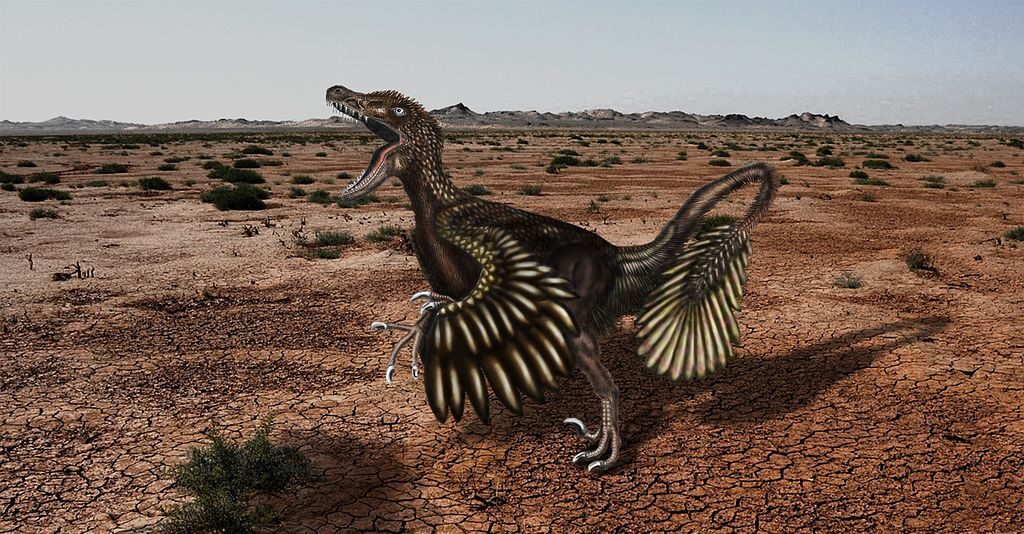
The reconstruction of dinosaur appearances represents one of science’s most fascinating intersections of hard evidence and informed speculation. From fossilized bones and rare skin impressions to cutting-edge technology and comparative anatomy, paleontologists employ numerous techniques to bring these ancient creatures to life visually. While our understanding continues to evolve with discoveries and methodologies, modern dinosaur depictions are far more scientifically grounded than ever before. Next time you see a detailed illustration of a Velociraptor with feathers or a Triceratops with its distinctive frill, you’ll appreciate the extensive research and scientific detective work that has gone into creating that representation. Though separated from us by millions of years, dinosaurs continue to capture our imagination precisely because scientists have become increasingly skilled at showing us what these remarkable animals truly looked like when they ruled the Earth.


